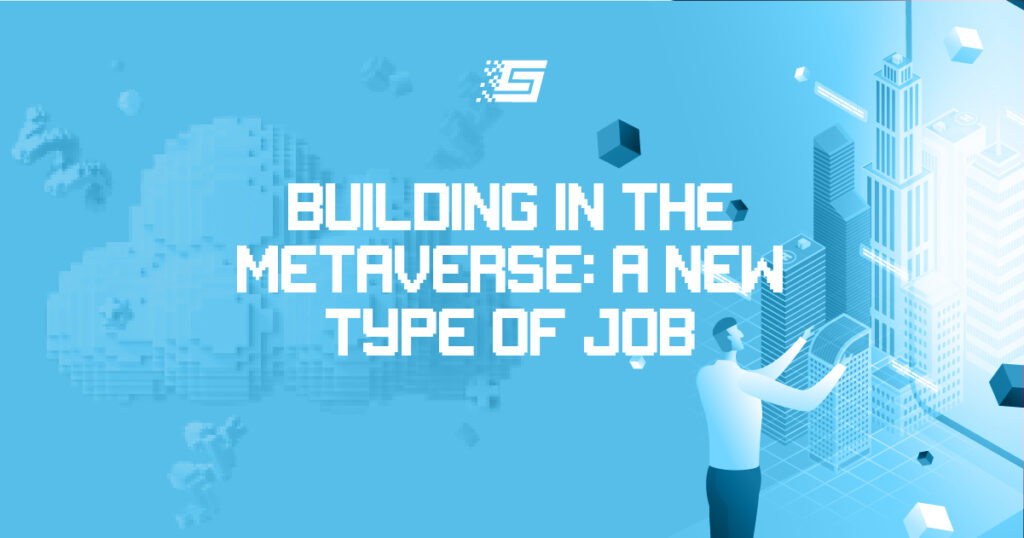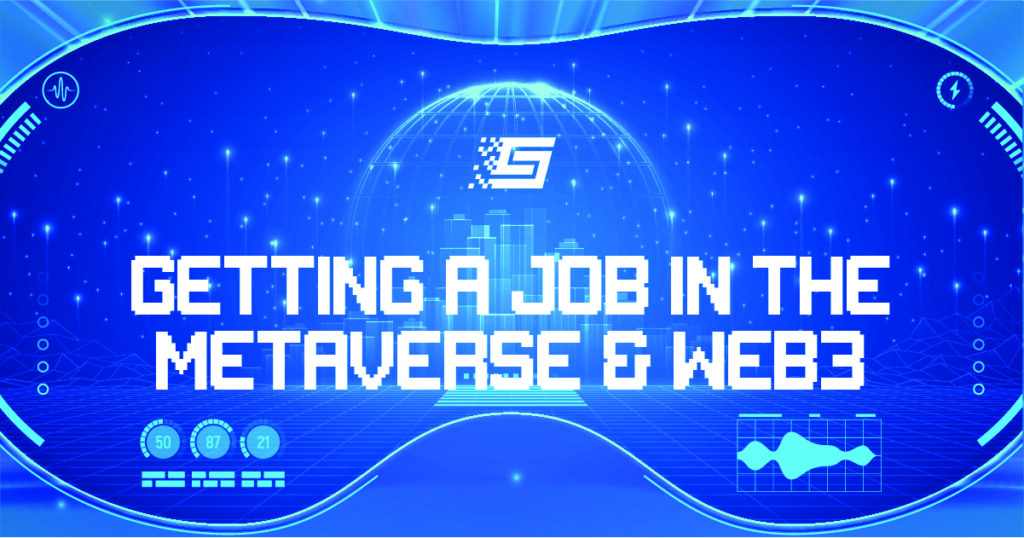What are Non-fungible Tokens
A non-fungible token is an identifier created on a blockchain with unique codes that proves the ownership of a digital item. Breaking that down a bit further – non-fungible tokens are codes that prove the ownership of items (artwork, video, music, etc.) on a blockchain. Every NFT code is unique. So, non-fungible tokens are entirely different, and one cannot be divided or substituted for the other.
Unique codes registered on the blockchain make non-fungible tokens what they are. Yet, the item that the codes represent is equally essential. Therefore, when paying for an NFT, you are buying a digital item (in the form of a file) and its code simultaneously. The blockchain is an essential feature of non-fungible tokens. Without this technology, it might be possible to replicate the code of an NFT. However, due to the permanent and unalterable nature of blockchains, the smart contract of an NFT can be stored forever.
Despite the records that a blockchain might provide, NFTs might not prove the legal ownership of digital assets. For example, an NFT of a digital Mona Lisa painting might not be a legal certificate of ownership of the actual artwork. Additionally, the monetary value of non-fungible tokens does not prevent others from copying or reproducing their associated digital files.
The crypto industry saw a boom in the NFT sector between 2021 and 2022. Even though this boom could not continue for much longer, NFTs are still relevant blockchain assets.
Use cases of non-fungible tokens
The above explanations state that NFTs are a unit of data created and stored on blockchain networks. Accordingly, it would make sense if the said data could be associated with just any digital file. That is the case.
Although the most popular use is for digital artworks, non-fungible tokens can be in any form. You may turn a soundtrack, video, picture, signed agreement, etc., into an NFT.
Digital artworks
The most common forms of non-fungible tokens are artworks. These items can sometimes be static 2D images, moving pictures, or 3D works of art. During the 2021 market rally, artworks like hand-drawn paintings and computer-generated pictures were the most popular and some of the most expensive non-fungible tokens.
NFT art can be single pieces or a collection. Artists who create physical paintings are known for producing single pieces of NFTs. Meanwhile, projects like Bored Ape, Moonbirds, and Degenerate Apes, are known for creating collections. A collection usually contains 10,000 or 20,000 assets that look similar but have diverse traits and different market prices.
Music and entertainment
Musicians can also turn songs and albums into non-fungible tokens, which can help sell a unit of the song for a higher price. Meanwhile, doing this will indirectly give buyers a right to resell such song NFTs without the artist’s consent. But it also leads to more returns since most NFT markets pay royalties to original creators when their NFTs are resold.
Gaming
In blockchain gaming, NFTs are essential items. They allow players to truly own in-game assets and even the right to sell or transfer them. In fact, you cannot play some blockchain games without having certain non-fungible tokens in your crypto wallet.
Game developers initially create 3D characters, weapons, or costumes. Next, they will integrate those gaming items with unique blockchain codes that turn them into non-fungible tokens.
Why NFTs are tradable
Once created, you cannot replicate a non-fungible token for another. To illustrate, you don’t need to withdraw the exact bank notes you deposit into an account because all $100 or $10 notes hold the same value. Similarly, crypto assets like Bitcoin and USDT are interchangeable because all Bitcoins and USDTs have the same monetary value.
On the other hand, NFTs are not the same. Each one has a unique smart contract or code that identifies it. Even those in the same collection do not have similar values, worth, or characteristics (also known as traits).
Remember, turning a digital file into an NFT does not prevent another party from using that same file. For instance, an NFT painting might be worth $5,000. Yet, anyone on the internet can download or screenshot the said painting and place it on his social media profile.
Therefore, uniqueness and non-fungibility ensure that only the original files stored with smart contracts on blockchains will have financial value. Moreover, uniqueness makes non-fungible tokens transferable, meaning they are like digital goods that anyone can buy or sell. It also creates market demand, allowing NFTs to retain and increase value.
To create non-fungible tokens, you need a crypto wallet, e.g., an ERC-20 (Ethereum wallet), a Solana wallet, etc. After setting the necessary parameters, the blockchain network assigns a contract address for the NFT, and the creator may send it from one wallet to another.
In most cases, the receiving wallet pays to become the owner of a non-fungible token. Nevertheless, they only receive proof of ownership recorded on the blockchain. Such buyers might not own the copyright to those digital items.
How to buy or sell a non-fungible token
Blockchain-based platforms that act as agents between NFT sellers (creators) and buyers are known as marketplaces (e.g., Sandstorm, Opensea, Rarible). They create a system that allows the decentralized transfer of NFTs from the seller’s wallet to the buyer’s wallet.
Selling physical artworks is mostly by auction to the highest bidders. Similarly, marketplaces allow NFT buyers to place bids. Although some NFT markets might ask buyers to create accounts, a crypto wallet is the only identification a buyer needs.
Anyone can buy or sell digital assets once they connect a crypto wallet with a marketplace. Also, marketplaces do not request users’ personal information. To buy non-fungible tokens, buyers must have cryptocurrencies like ETH, Sol, or Matic in their wallets, depending on the host blockchain of such NFT.
NFTs and the Metaverse
Today, several NFT owners buy them as speculative assets. Yet, they are more than that, as the metaverse presents a notable digital utility for NFTs. Today, open worlds and blockchain games like Decentraland have proven that non-fungible tokens are important if humans are to achieve a shared digital world like the real one.
In the metaverse, virtual lands are NFTs divided into plots or parcels. Virtual land owners can develop or build structures on it as with physical lands. This class of digital assets has created robust virtual real estate markets. It is also a use case of non-fungible tokens expected to grow as more people adopt metaverse technology.


